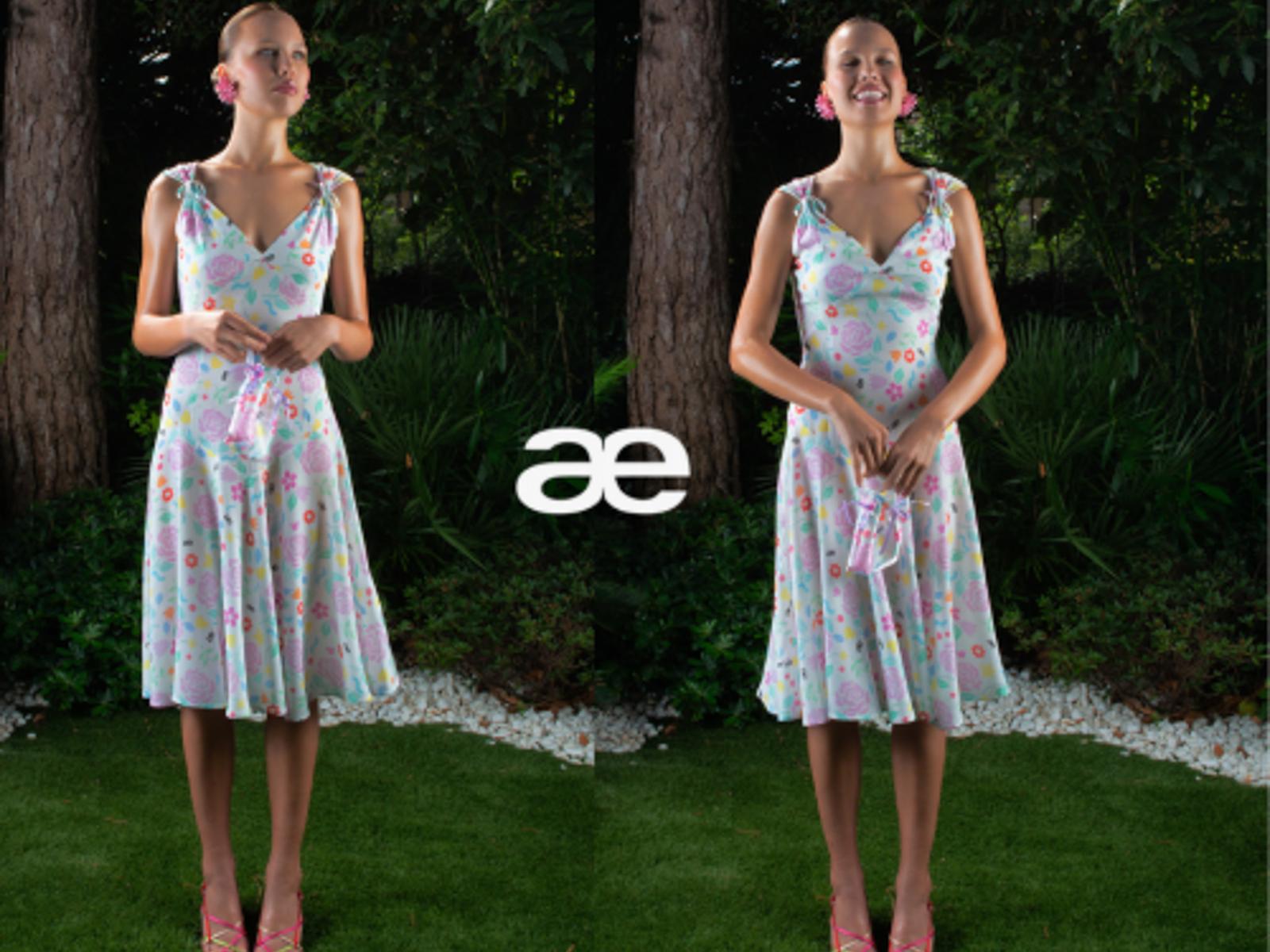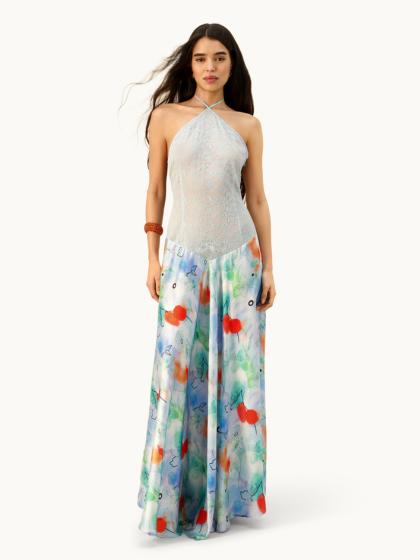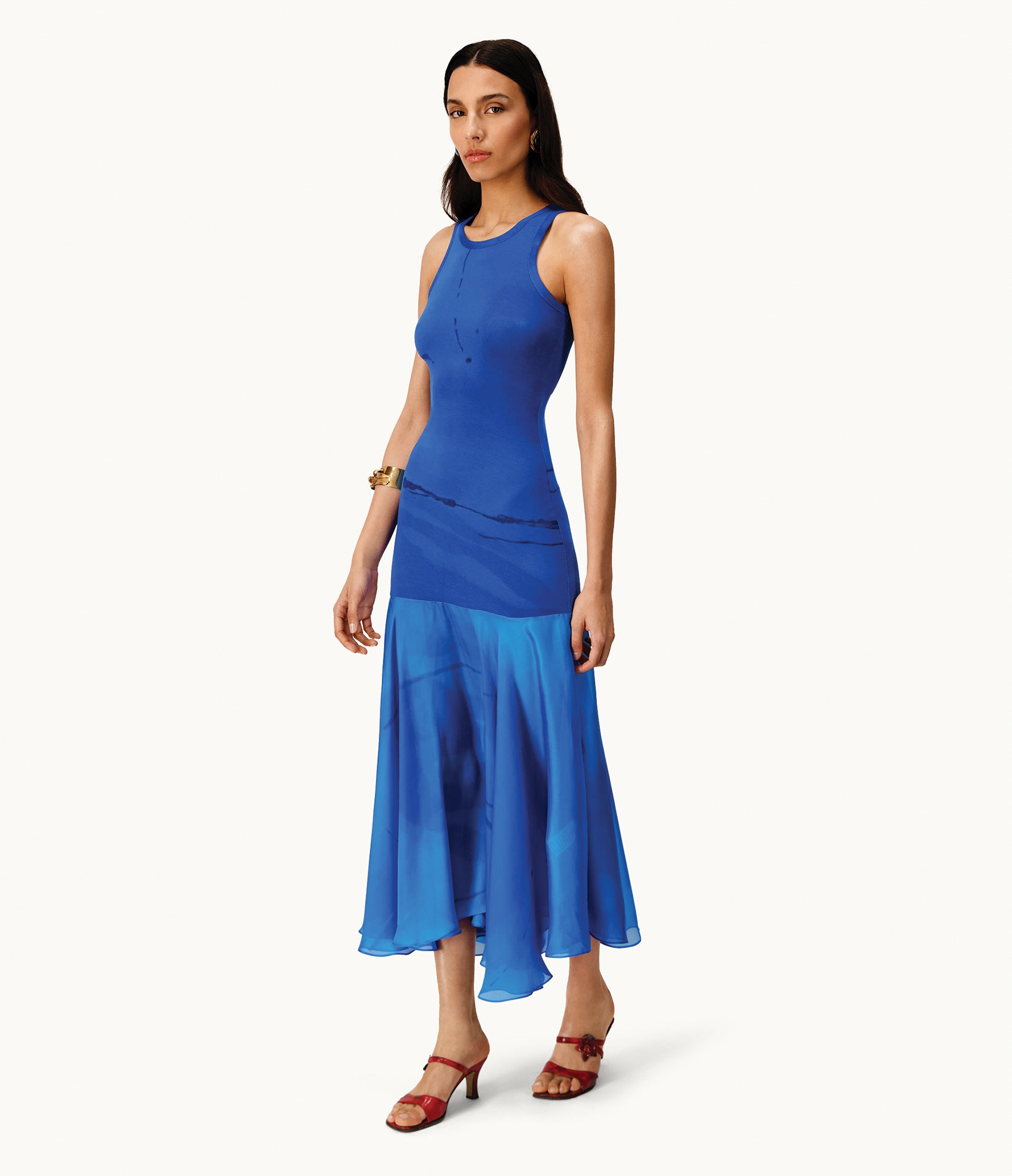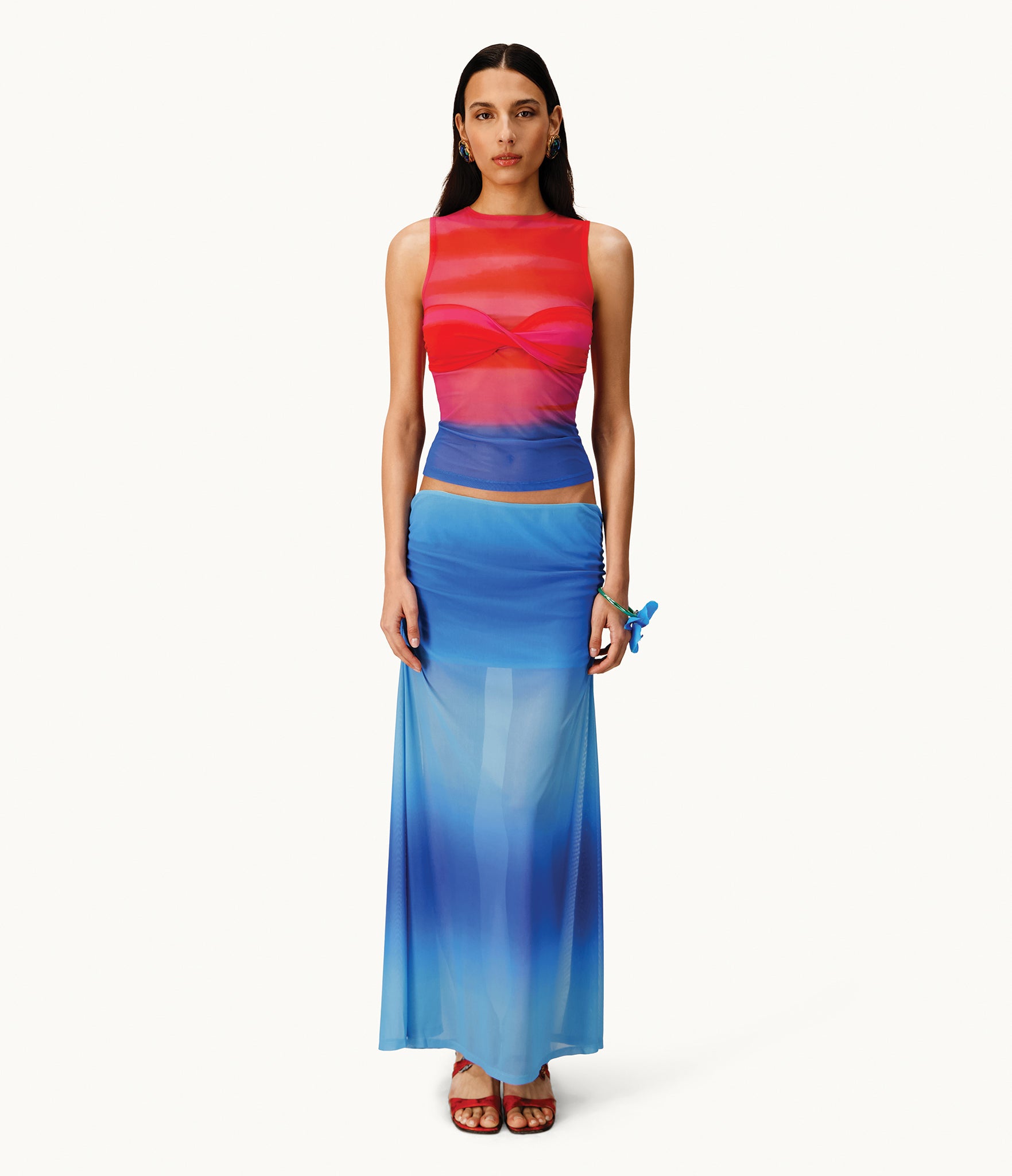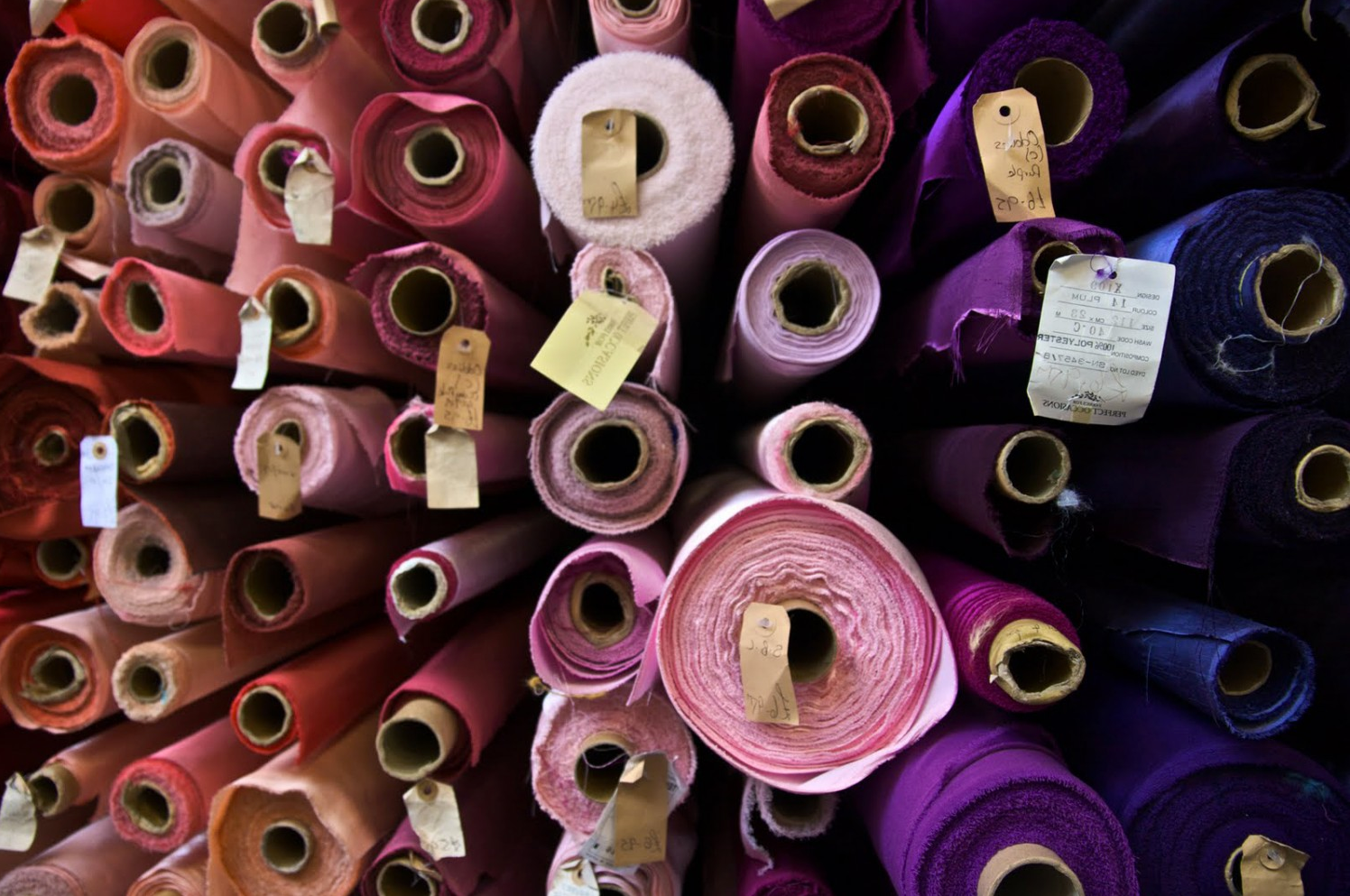
How not to love it?
Its leaves are heart-shaped!
His history
6,000 years of use make it one of the oldest textile and paper plants used.
Originating in East Asia, the cultivation of this fiber – a variety of nettle known as “China grass” – has developed only on a small scale throughout history, and distinguished by its exceptional strength and luster.
It was and still is the fiber of choice in the southern archipelagos of Japan for summer clothing thanks to its characteristics.

Removal of imperfections from a piece of ramie in the 12th century.
His qualities
Extremely resistant and antibacterial, it was a very popular fiber in hot and humid countries. The fibers extracted from the stems of ramie are made of very good quality cellulose and allow the manufacture of very resistant papers and fabrics. Thus, ramie thread the size of a sewing thread cannot be broken by hand.
The fibers obtained are not only very resistant but also have a silky appearance and are very absorbent.

Ramie fibers during the transformation process.
Its production
Its cultivation is a more expensive process than that of cotton, requiring specific know-how and an extraction process involving numerous stages to separate the raw fibers from their resinous coating. Its spinning and weaving are also complex, its spun fibers being hairy and resistant to cohesion.

However, it has the advantage of providing up to six harvests per year, and of requiring less water and pesticides than flax or cotton, which makes it fundamentally more ecological.
At Miræ, we love it, so we used it for the Eva dress and we hope to do it again very soon!
xx
Mirae's team.




